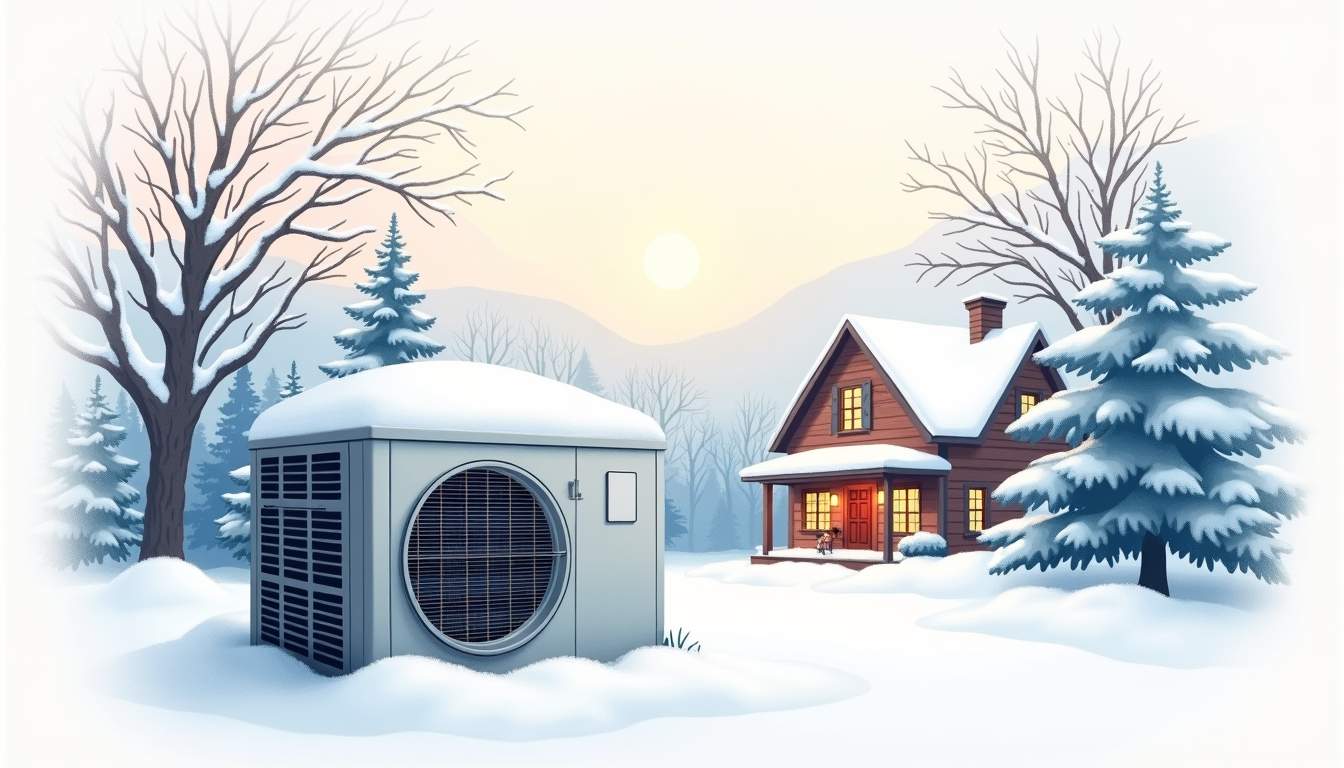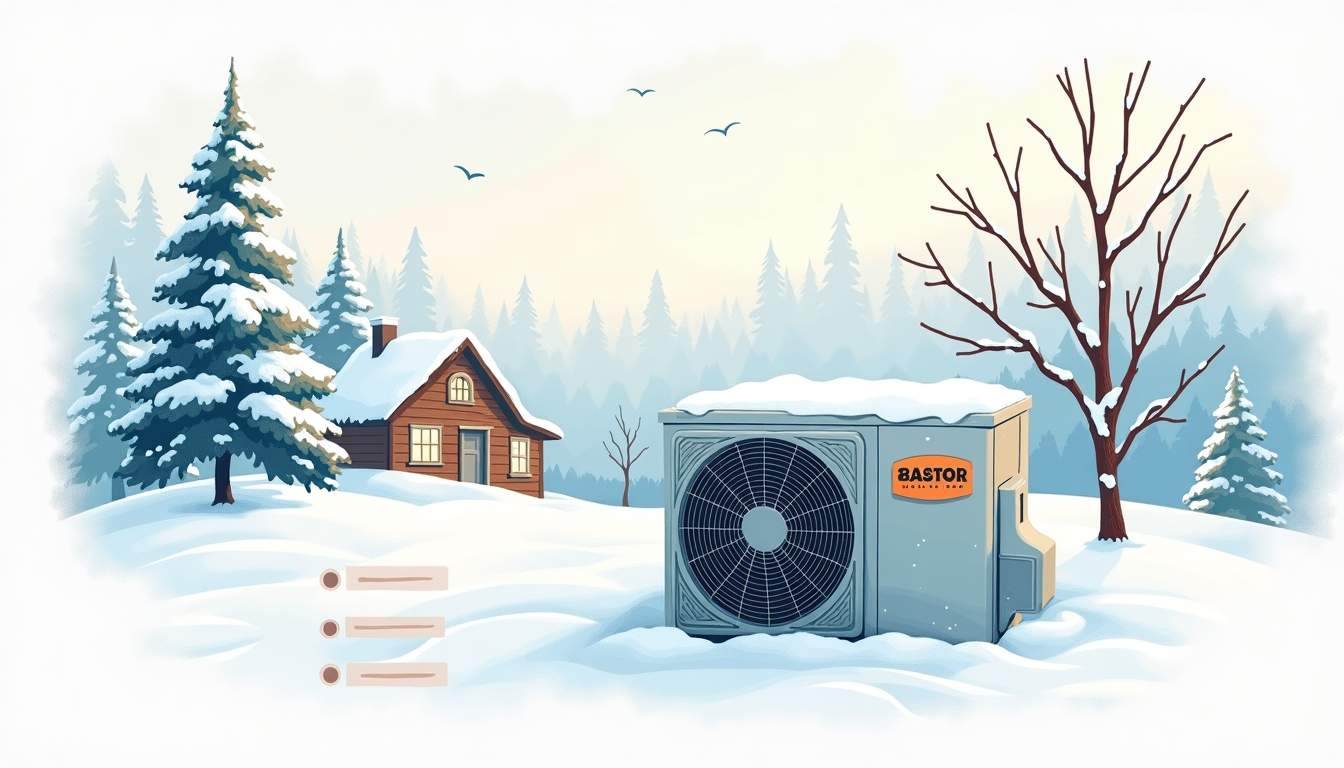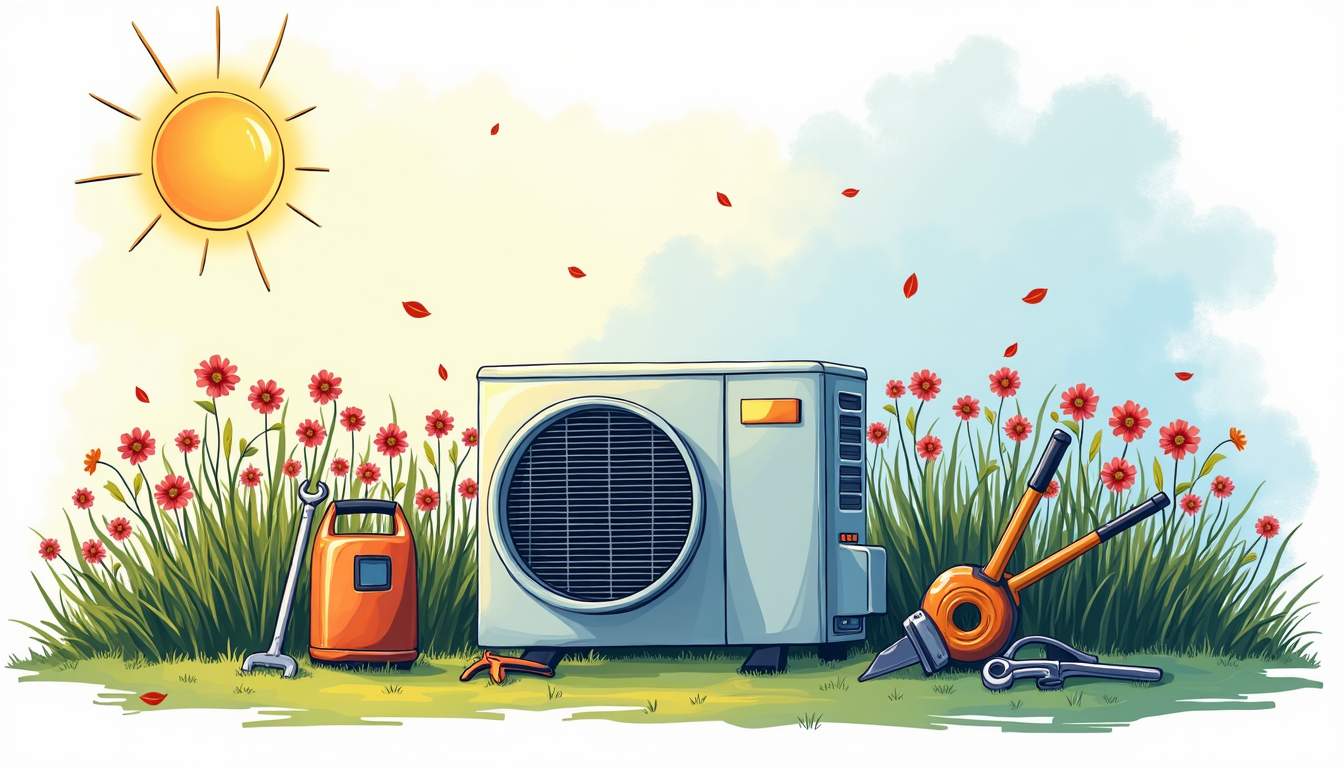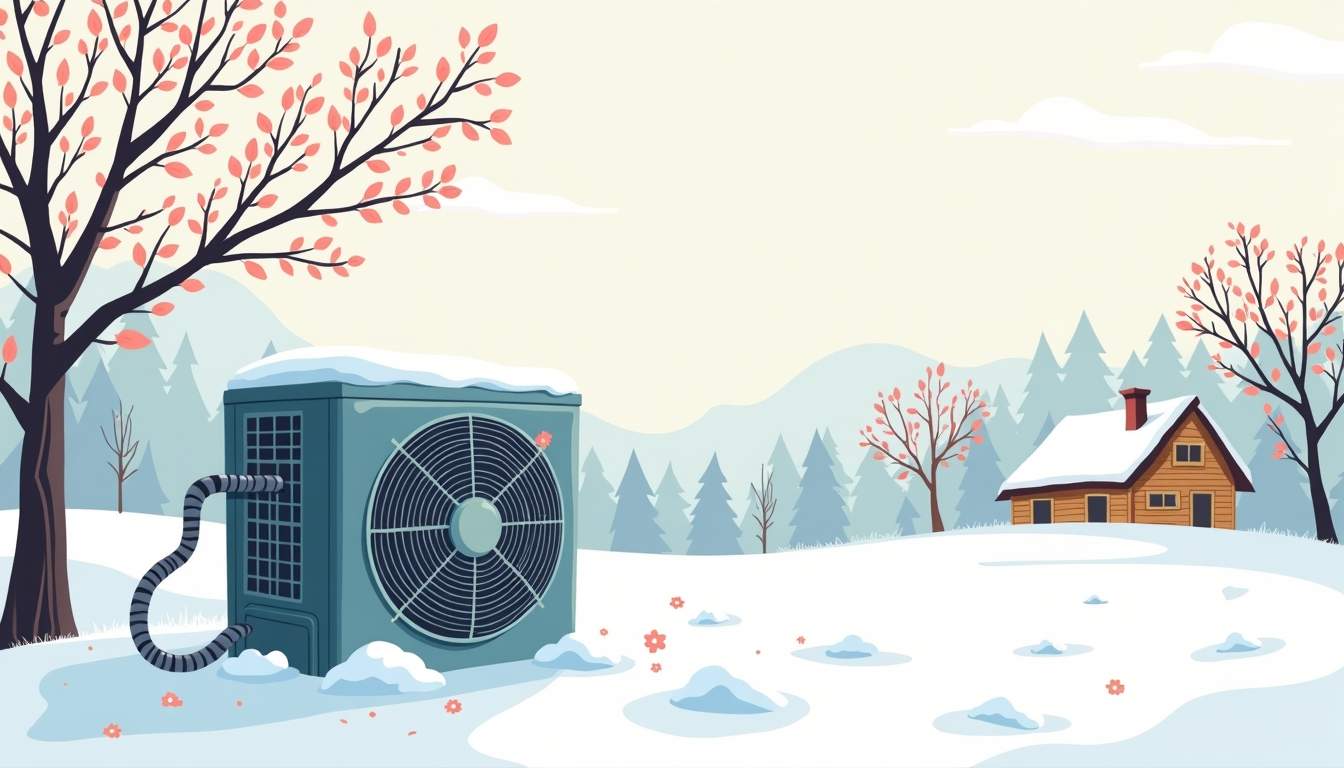
When the cold months finally give way to warmer days, it’s tempting to flip the switch on your air conditioner and expect instant relief. But if your AC has been resting all winter, jumping straight into use without a proper check can lead to problems. Dust, debris, and wear from inactivity can reduce efficiency or even cause damage. Taking a little time to prepare your unit before the first blast of summer heat can save you money, headaches, and discomfort down the line.
Why Winter Break Matters for Your Air Conditioner
Air conditioners aren’t designed to sit idle for months without some attention. During winter, dust settles inside the unit, and parts can corrode or stiffen. Moisture buildup is another concern—condensation inside the system can lead to mold or rust. If you simply turn your AC on after a long break, these issues might cause the unit to work harder than necessary or even fail.

Taking a proactive approach before restarting your AC helps maintain its lifespan and performance. It also ensures your home stays cool and comfortable without unexpected breakdowns during the hottest days. Regular maintenance not only enhances efficiency but can also lead to energy savings, as a well-maintained unit operates more effectively, consuming less electricity.
Common Problems After Winter Inactivity
Several issues can arise after your AC has been off for the season:
- Clogged filters: Dust and allergens accumulate, restricting airflow.
- Dirty coils: Evaporator and condenser coils collect grime, reducing efficiency.
- Refrigerant leaks: Small leaks may worsen over time, impacting cooling power.
- Electrical issues: Wiring or connections can degrade, causing malfunctions.
- Mechanical wear: Moving parts may seize or wear unevenly after inactivity.
Addressing these problems early can prevent costly repairs and keep your system running smoothly. Additionally, neglecting these issues can lead to more severe complications, such as complete system failure, which could leave you sweltering in the summer heat. Regular inspections and cleanings not only extend the life of your air conditioner but also enhance indoor air quality, ensuring that your home remains a healthy environment for you and your family. For reliable support, you can visit Aircon Servicing for expert guidance.
Moreover, investing time in winter maintenance can yield unexpected benefits. For instance, some homeowners might find that their cooling system operates more quietly after a thorough check-up, as loose components are tightened and lubricated. This can significantly enhance your overall comfort, allowing you to enjoy a peaceful atmosphere during hot summer nights. Furthermore, many HVAC professionals recommend scheduling a comprehensive service check before the season starts, as they can spot potential issues that may not be immediately visible, saving you from future headaches.
Step-by-Step Guide to Preparing Your AC for Summer
Getting your air conditioner ready for use after winter isn’t complicated, but it does require some thoroughness. Here’s a step-by-step guide to help you get started.
1. Inspect the Outdoor Unit
Begin by examining the outdoor condenser unit. Leaves, twigs, and dirt can pile up around it during winter. Clear away any debris from the area, trimming back plants or branches that might obstruct airflow. A clean, unobstructed condenser is crucial for efficient operation.
Check the fins on the unit’s sides. These thin metal pieces can bend easily, restricting airflow. If you notice any bent fins, carefully straighten them with a fin comb or a gentle tool. Avoid pressing too hard to prevent damage. Additionally, consider applying a protective cover during the off-season to minimize debris accumulation and prolong the life of your unit.
2. Clean or Replace Air Filters
Dirty filters are one of the most common culprits behind poor AC performance. Filters trap dust and particles, but over time they clog and reduce airflow. Locate your indoor air filter-usually behind a vent or inside the air handler-and remove it.
If it’s a reusable filter, wash it with warm water and mild detergent, then let it dry completely before reinstalling. Disposable filters should be replaced with a new one of the same size and rating. Clean filters improve air quality and help your system run efficiently. It’s also wise to set a reminder to check and change your filters every one to three months, depending on usage and environmental factors, to maintain optimal performance throughout the summer.
3. Check the Thermostat Settings
Before turning on the AC, verify your thermostat is set correctly. If you have a programmable thermostat, update the schedule for the warmer months. Make sure the mode is set to “cool” and the temperature is reasonable-around 75°F is a good starting point.
Consider upgrading to a smart thermostat if you haven’t already. These devices can optimize cooling schedules, save energy, and even alert you to maintenance needs. Some models even allow you to control your AC remotely via smartphone, providing convenience and efficiency that can help lower your energy bills while keeping your home comfortable.
4. Inspect Refrigerant Lines and Connections
Refrigerant is the lifeblood of your AC system. Low levels or leaks can seriously impair cooling. While you won’t be able to check refrigerant pressure yourself without specialized tools, you can visually inspect the lines for obvious damage or oily residue, which might indicate leaks.
If you suspect a problem, call a professional HVAC technician to test and recharge the refrigerant if necessary. Handling refrigerant requires certification and expertise. It’s important to address refrigerant issues promptly, as low levels can lead to increased energy consumption and potential damage to the compressor, which is one of the most expensive components of your AC system.
5. Clean the Evaporator and Condenser Coils
Both the evaporator coil inside your home and the condenser coil outside can accumulate dirt and dust over time. Dirty coils reduce heat transfer efficiency, forcing your system to work harder.
Use a soft brush or vacuum with a brush attachment to gently clean the evaporator coil. For the condenser coil, a garden hose with a gentle spray can wash away dirt-just be careful not to bend the fins. Avoid harsh chemicals unless recommended by the manufacturer. Regular coil cleaning not only enhances efficiency but also extends the lifespan of your air conditioning system, ensuring you enjoy cool air for many summers to come.
6. Test the System Before Peak Heat
Once everything is cleaned and inspected, it’s time to test your AC. Turn it on and listen for unusual noises like grinding or rattling. Check that the air blowing from vents feels cool and consistent. Monitor the system for at least 15 minutes to ensure it cycles properly.
If you notice any issues such as weak airflow, strange smells, or the unit shutting off unexpectedly, it’s best to schedule a professional inspection before the heat intensifies. Early detection of problems can save you from costly repairs down the line and ensure your home remains a comfortable refuge from the summer heat.
Additional Maintenance Tips for a Smooth Cooling Season
Beyond the initial startup, a few ongoing maintenance habits can keep your AC in top shape all summer long.

Keep the Area Around the Outdoor Unit Clear
Regularly remove leaves, grass clippings, and other debris from around the condenser. Aim for at least two feet of clearance on all sides. This allows proper airflow and prevents overheating. Additionally, consider trimming back any overgrown shrubs or plants that may encroach on this space. Not only does this enhance airflow, but it also reduces the risk of pests nesting in or around your unit, which can lead to further complications down the line.
Change or Clean Filters Monthly
During heavy use, filters can clog quickly. Check them every month and clean or replace as needed. This simple step improves air quality and system efficiency. Remember that different types of filters have varying lifespans; for instance, HEPA filters may last longer than standard fiberglass ones. Investing in higher-quality filters can yield better air quality and reduce the frequency of changes, making your maintenance routine more efficient.
Monitor Energy Bills and Cooling Performance
Sudden spikes in your energy bill or a noticeable drop in cooling power can signal problems. Don’t ignore these signs—early detection can prevent bigger repairs. Keep a log of your energy usage and compare it to previous months or years to spot trends. If you notice a significant increase, it may be time to investigate further, as this could indicate an issue with your unit’s efficiency or even a need for an upgrade to a more energy-efficient model.
Schedule Professional Tune-Ups
Even with regular DIY care, an annual professional tune-up is invaluable. Technicians can spot issues you might miss, clean components thoroughly, and ensure refrigerant levels are correct. During these tune-ups, they can also check for any wear and tear on critical components, such as the compressor and evaporator coils, and provide recommendations for any necessary repairs. This proactive approach not only extends the life of your AC unit but also ensures that it operates at peak performance, keeping your home comfortable during the hottest months of the year.
When to Call a Professional
Some tasks are best left to the experts. If you encounter any of the following, it’s time to reach out to a licensed HVAC technician:
- Strange noises or smells from the unit
- AC not cooling effectively despite clean filters
- Water leaking around the indoor unit
- Frequent cycling on and off
- Visible damage to refrigerant lines or electrical components
Professional service can diagnose and fix complex issues safely, ensuring your system runs reliably through the summer.
Final Thoughts
Resuming use of your air conditioner after a winter break isn’t just about flipping a switch. It requires a bit of attention to detail to avoid surprises when the heat hits. Cleaning, inspecting, and testing your system now can save you from discomfort and costly repairs later.

With a little effort, your AC will be ready to keep your home cool and comfortable all season long. Don’t wait for the first heatwave-start your AC checkup today and enjoy a worry-free summer.